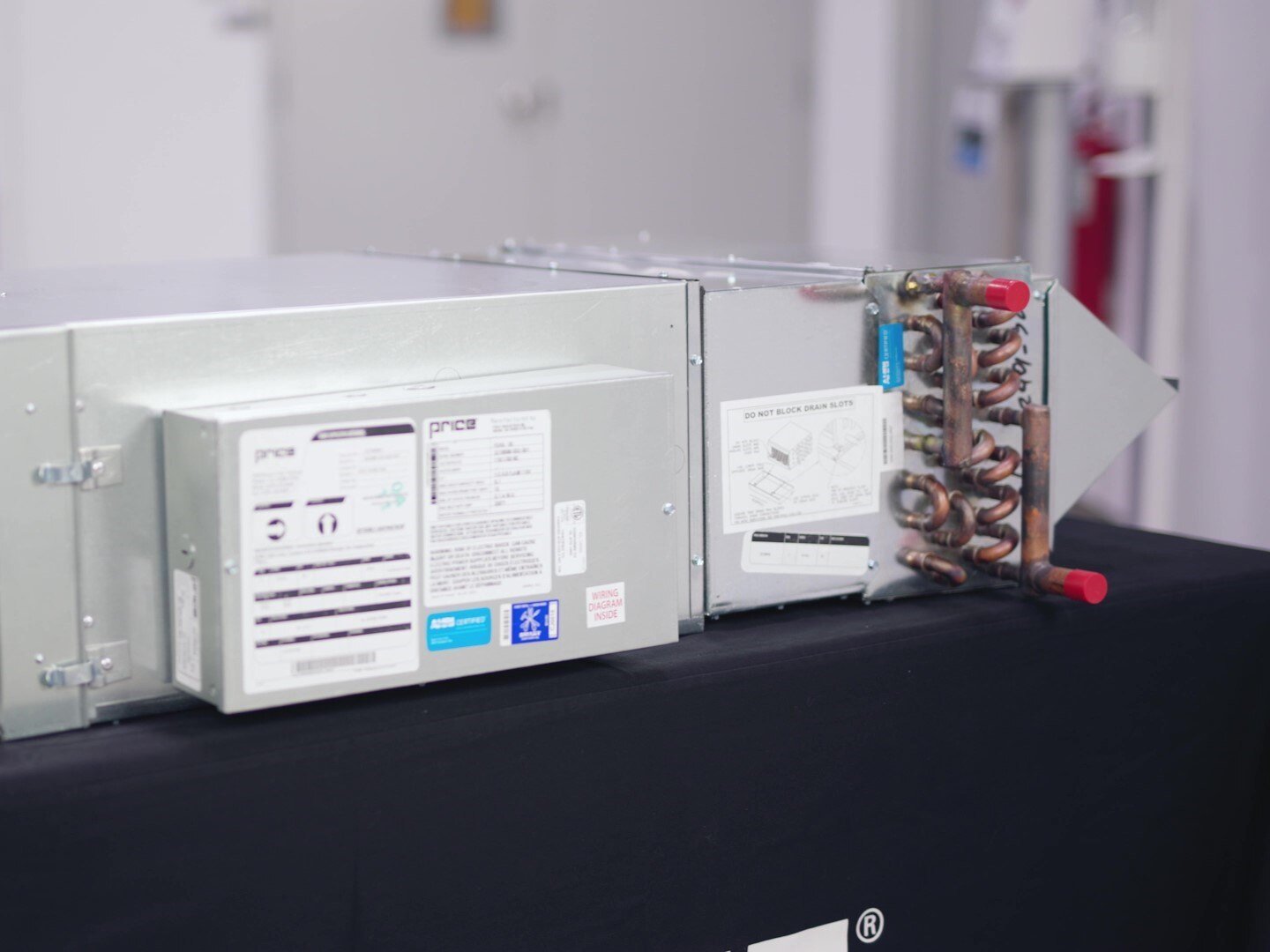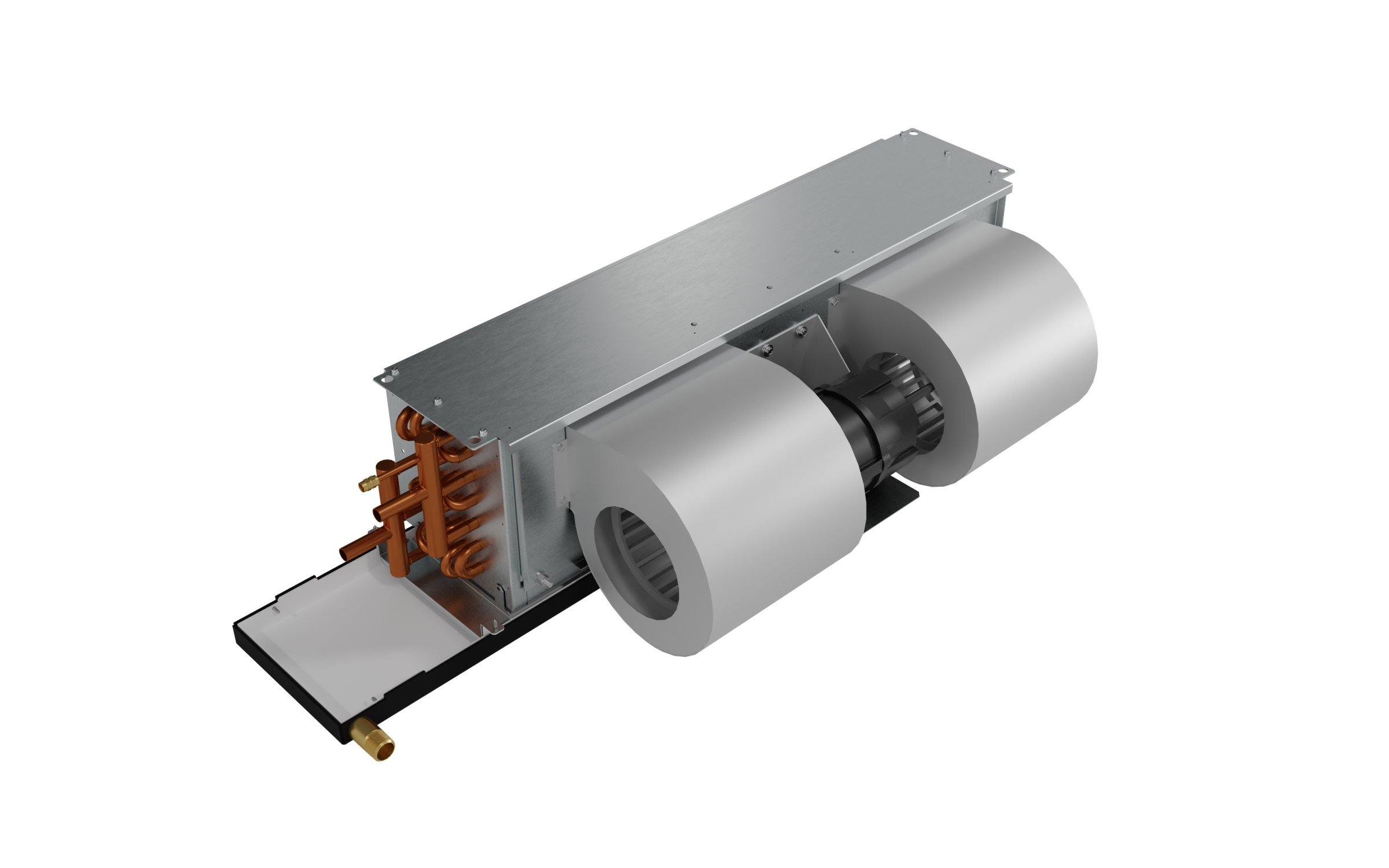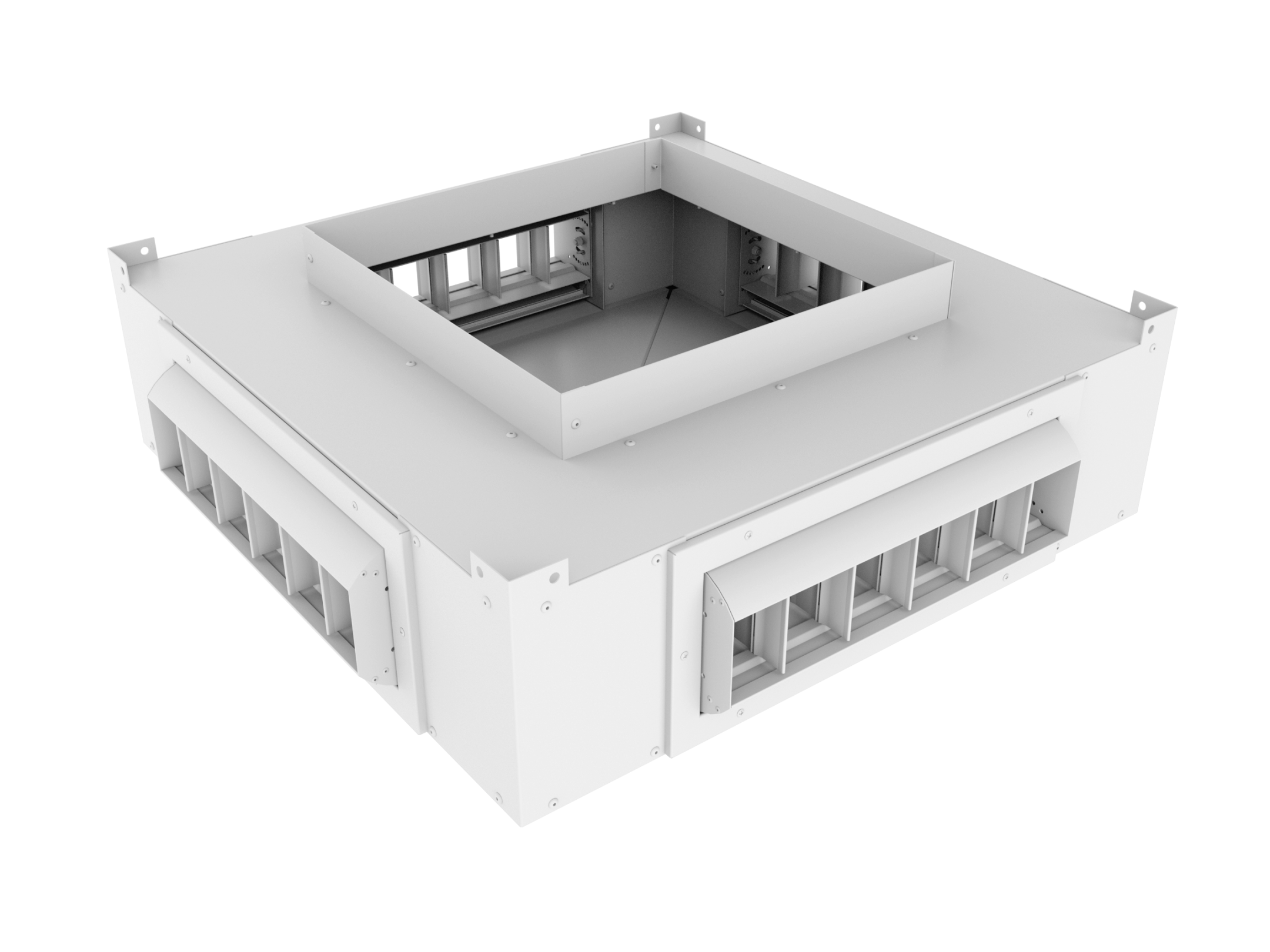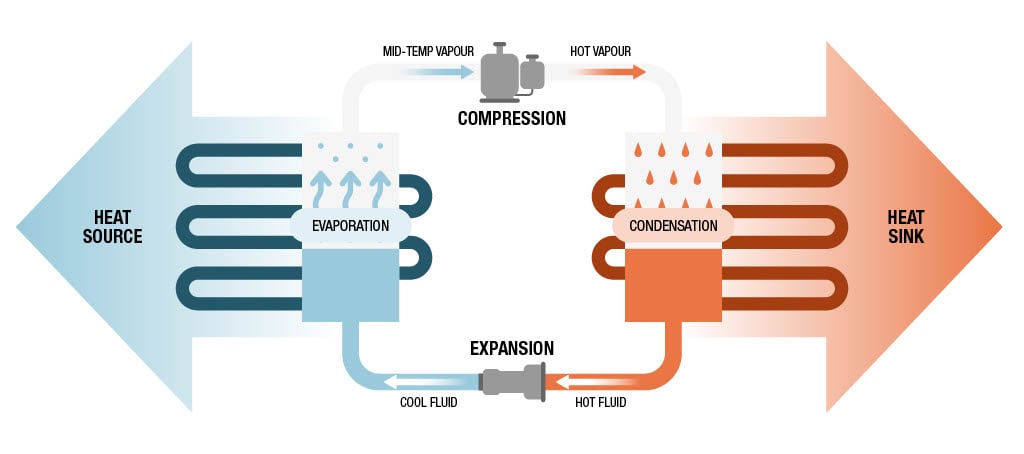A Range of Devices for Precise Control and Simplified Installation
In the HVAC industry, an application-specific controller is a device that comes preprogrammed with a sequence of operations for the equipment it’s intended to control. This could be anything from a boiler or air handler to a rooftop unit or terminal unit.
Read More
Topics:
Terminals,
Controls,
HVAC Fundamentals,
HVAC,
Engineering
The Energy-Efficient Workhorse of Your HVAC System
Fan coil units, or FCUs, are a quiet but crucial part of many HVAC systems, helping to maintain comfortable temperatures in buildings of all sizes.
Read More
Topics:
Fan Coils,
Controls,
Thermal Comfort,
HVAC Fundamentals,
HVAC,
Engineering,
Design Engineering,
Filtration
Best Practices for a Successful Mechanical System Design
Understanding how much space a fan coil unit needs is imperative for mechanical system design. Incorrect assumptions can create deviations between contract documents and finished buildings, which can lead to change orders and increased project costs for building owners. The type of fan coil unit, the options it is configured with and the overall design of the building’s HVAC system all influence the final installation requirements.
Read More
Topics:
Fan Coils,
HVAC Fundamentals,
HVAC,
Engineering,
Design Engineering
A Simple Approach to Air Distribution for Large Spaces
In the world of air distribution, a drop box is a plenum with multiple air outlets that is connected directly to an air handling unit (AHU) by a short run of ductwork. A drop box can be an effective way to deliver a substantial volume of conditioned air to large, enclosed spaces.
Read More
Topics:
GRD,
HVAC Fundamentals,
HVAC,
Engineering,
Design Engineering
Choosing the Right Coil to Optimize Your System’s Performance
Air-to-water heat pump systems are highly efficient HVAC solutions, but optimizing their performance depends on addressing key factors – most notably, the hot water supply temperature (HWST). And when these heat pumps are paired with a VAV distribution system, it’s especially critical to select the correct coil configuration.
Read More
Topics:
Pressure Drop,
Terminals,
System Efficiency,
HVAC Fundamentals,
HVAC,
Engineering,
Design Engineering







